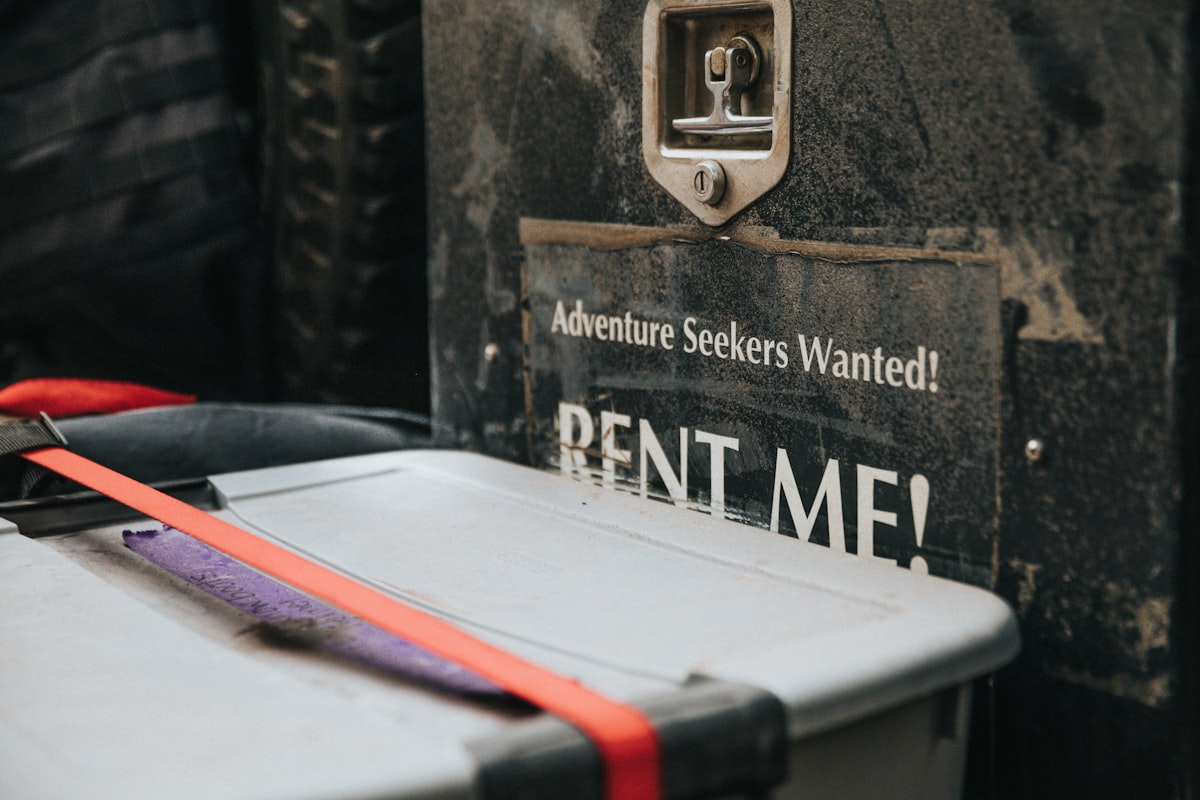Why NFT Renting Is a Sure Thing in 2022 and Beyond

NFTs are more than just collectibles that represent something unique. Indeed, many NFTs have characteristics that provide real utility, either in the digital or in the physical world - and even both.
However, most NFTs have been used only as collectibles to generate millions of dollars through speculation, ignoring their real utility.
But this is starting to change thanks to a new trend that will revitalize the NFT market, giving greater value to this technology and generating interesting benefits for the people involved: NFT renting.
The NFT market is not dead; it is more alive than ever!
Although NFTs have been on the market for several years now, their ability to generate profits based on speculation wasn't taken seriously until Beeple's "Everydays - The First 5000 Days" auction at Christie's in early 2021 (*).
From that moment on, NFTs emerged as a new form of art and investment, turning 2021 into a financial madness with incredible volumes and sales records, in addition to several agreements between major brands and artists of all kinds to promote and profit from NFTs.
The global sales volume speaks for itself
In fact, according to a report by Forkast, the global sales volume of NFTs exceeded US$18.5 billion in 2021, an increase of more than 500 times compared to 2020.
According to the report, this has been motivated in part by the involvement of major brands such as Gucci, Ray-Ban, McDonald's, Coca-Cola and even the NBA, not to mention the numerous celebrities who have also shown interest in NFTs.
Future estimates are optimistic since they calculate that the market will grow to US$30 billion in 2022.
This contrasts with the performance of other financial markets - including Bitcoin and other cryptocurrencies - which have been hit by the measures taken by central banks - such as raising interest rates - to fight the effects of inflation.
Below are some examples of important sales of NFTs during 2021:
1.Beeples' Crossroad ($6.6m)
Beeple said he made "Crossroad" as "a re��ection on the 2020 presidential race". This artwork includes two different versions of the NFT, one for Trump and the other for Biden.
2.CryptoPunk #3100 ($7m)
This is one of the 9 aliens in the CryptoPunk limited series. The scarcity of these NFTs and a unique property of this specific one - the lack of a social media personality - contributed to its high price.
3.Beeple's Human One ($29m)
This NFT is a video sculpture that combines both physical and digital artwork that's constantly updated to react Beeple's changing view of the world.
There has been too much speculation in the NFT market
Even with all these millions of dollars in purchases and sales of NFTs, data from some platforms such as OpenSea shows that sales decreased at the end of 2021 compared to the peak seen in the middle of the same year.
Although many people see NFTs as the future of the digital world, many people don't consider it worth spending so much money on objects that only have a virtual existence.
In fact, a report published on Nature reveals that only 10% of NFT traders are responsible for 85% of all transactions in this market. The reality is that most NFTs are sold for prices ranging from $100 to $1,000.
On the other hand, some NFTs sold for exorbitant prices - such as some CryptoPunk - saw significant spikes of up to $500,000 in November, only to drop to $350,000 in December of the same year (*). Too much volatility.
Now utility comes to the fore
In the current NFT ecosystem, there is no general method to consistently generate income beyond waiting for speculative price increases.
For many potential investors, this is a problem because not everyone has the time and money to devote to the market as necessary to generate profits.
For this reason, ideas such as NFT rentals have emerged; instead of having an idle digital asset whose only appeal is its beauty and uniqueness, it's much better to rent it and generate profits from its real utility. This creates an alternative economy in the NFT ecosystem and allows its owner to have a stable source of income.
For example, NFT tokens can be used to grant their holders membership privileges to join private clubs.
In other cases, NFTs can also be used to grant access to exclusive content on websites, TV shows, and other media.
In the case of video games, players can rent NFTs that represent weapons or objects with special properties that allow them to have certain advantages in their favorite games. After having used these items to beat a difficult level, the player returns the NFTs to their original owners.
In the world of music, event organizers can rent NFTs to function as entrance tickets that assistants can return after the event is over.
This is not only an intelligent way of generating profits from a single object that can be cloned as many times as necessary, but it is also an eco-friendly system, since it avoids the use of physical resources that in many cases can generate waste and damage to the environment.
Renting as a way to increase utility
NFT utility is the basis for the existence of the NFT rental market. When a lender rents an NFT to you, what he is really renting is what you can do with that asset. This implies benefits for both the lender and the borrower.
For the lender, leasing provides financial incentives since it reduces the risk that his investment in NFTs will lose value over time because he is constantly reaping economic benefits.
For the borrower, a whole world of possibilities opens up by having access to an asset that they might not otherwise have access to. This makes NFTs more accessible to the masses, something that also helps revitalize the industry in the long run.
For example, a company or even an individual can rent a piece of virtual land in a metaverse like Decentraland, hold an event on a specific date, charge a fee to those who want to participate in the event, and then return the NFT piece of land to its owner. In this way, both users obtain an economic benefit.
In the case of in-game objects (such as weapons), this model can also help lower the entry barrier for many players and make games more dynamic and alive.
In the past, this wasn't possible as each NFT is unique and renting was too risky for owners. But thanks to the new ERC-4907 token standard, the risk is reduced to zero.
The possibilities and benefits are many, as are the possibilities of NFTs themselves. As new and appropriate infrastructures are established, the use cases for this new business model will increase, with the consequent benefits that each activity can provide.
Platforms for NFT rentals
As this new business model is discovered by more and more crypto enthusiasts, the number of platforms dedicated to this activity is also increasing. The following are some of the most notable.
1. ReNFT
ReNFT is a multichain NFT rental platform that runs on the Ethereum network. The platform enables owners of NFTs and other tangible assets - such as tokenized real estate - to profit from rentals by allowing them to set a price, rental time, and collateral.
ReNFT also allows borrowers to rent without paying if they generate profits that are shared with the original NFT owner, as agreed upon previously.
2. IQ Protocol
IQ Protocol is a risk-free DeFi platform that allows the rental of NFTs and fungible tokens without the need to provide any collateral assets.
The platform doesn't transfer the original asset to the borrower but rather a clone of the asset with a specific expiration date, while the original asset remains safe and protected by a smart contract.
IQ Protocol achieves this by implementing two fundamental elements:
- IQVerse – an entity that is owned by the Service Provider and represents the unit of control over Warpers and IQVerse parameters.
- Warper – assets, where each is a rented version of the Original Asset with a matching token identifier and other data.
3. Vera
Vera is a multichain DeFi protocol that supports Ethereum, Polygon, and BNB Smart Chain. This platform not only allows the rental of NFTs but also mortgages, all without any collateral risk.
Another of the main advantages of Vera is that it offers its users the possibility of obtaining financing to buy tokenized virtual properties, with different options to pay for their assets.
The bottom line
NFT renting is a relatively new thing that is rapidly gaining more and more traction.
This makes all the sense in the world if you consider the attractiveness of a future where digital assets that can normally only be acquired by people with high economic power can be available to the masses in a risk-free environment and with many benefits for both parties.
We know that history repeats itself, so as it happened with cryptocurrencies and NFTs, entering this market early can mean a huge competitive advantage and significant profits in the future.
Keep your eyes open.




